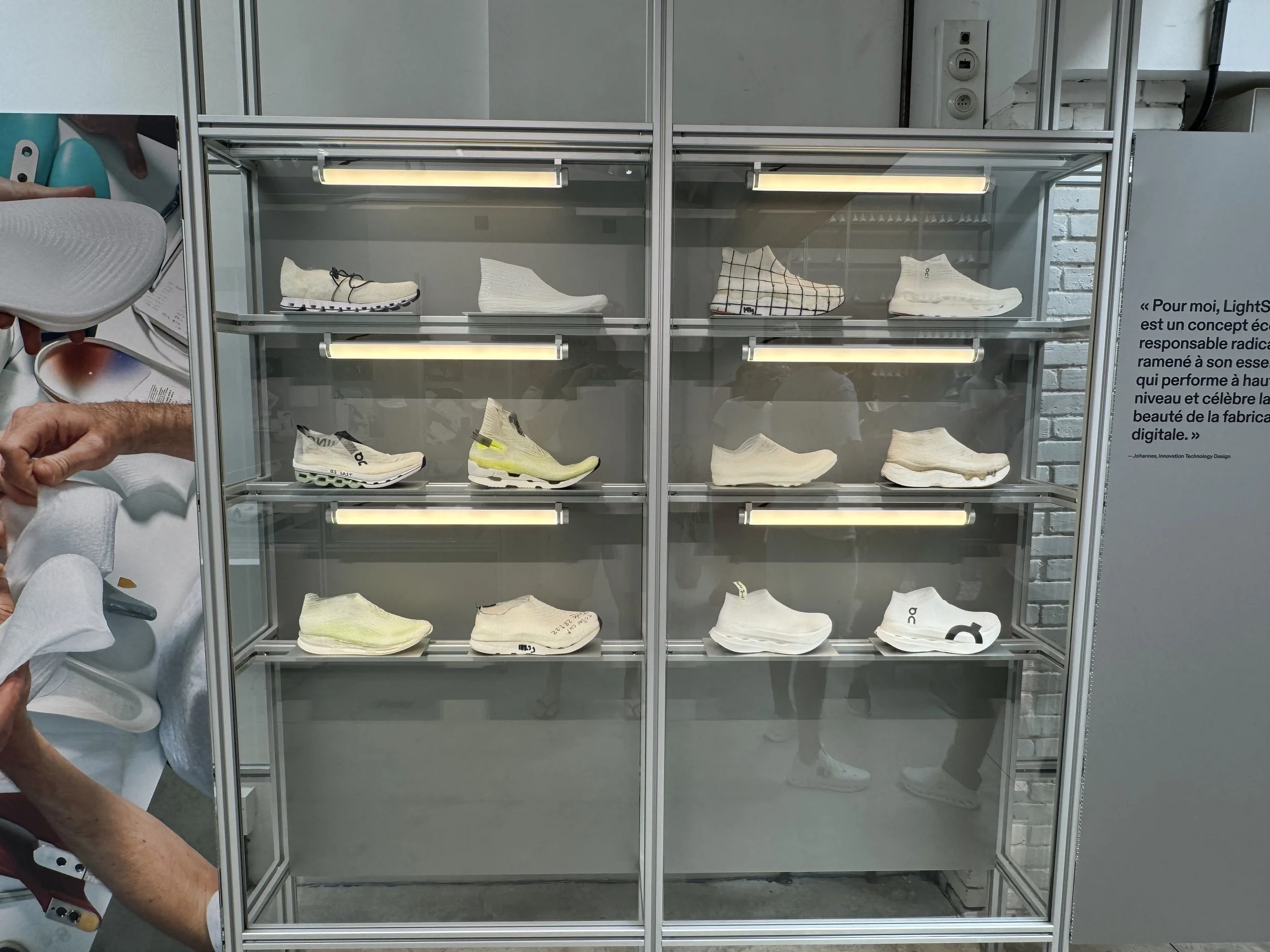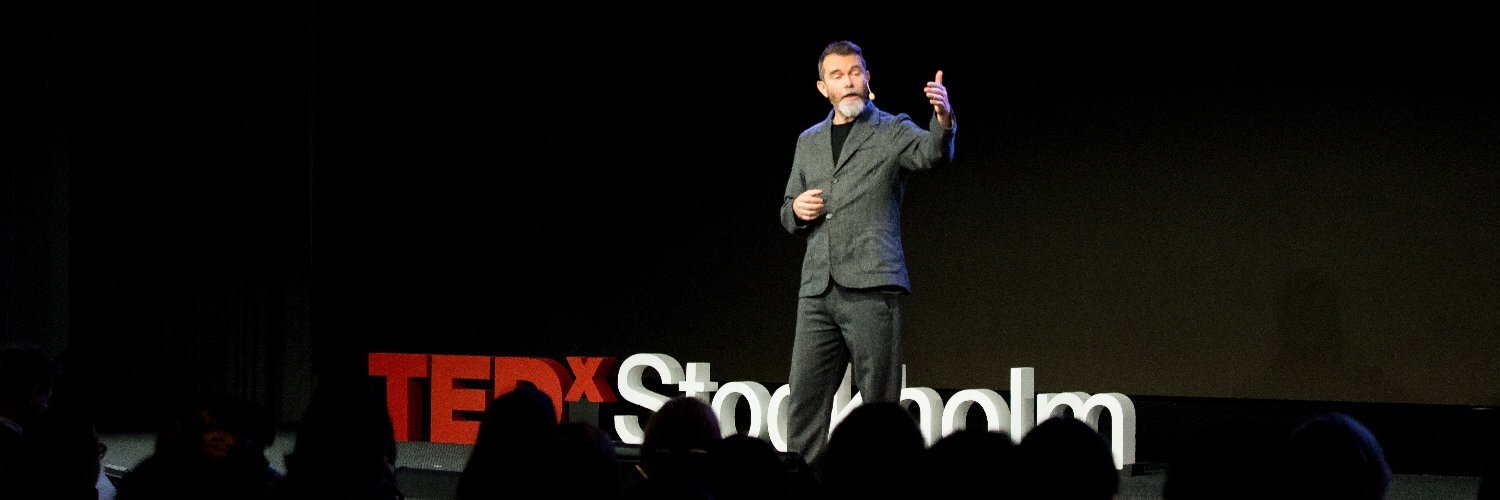Welcome to Connecting Dots where we explore the psychodynamics of digital innovation leadership. Published by behavioural economist Brett Macfarlane. Subscribe.
Tolerating Uncertainty
I’m confused. By confused I mean uncertain about what is happening. We all want answers, five-point plans, geometric charts and inspirational aphorisms. However, these anxiety coping mechanisms deny us the opportunity to courageously acknowledge, work with and work through the confusion. This impulse to deny uncertainty is at the heart of why many who want to innovate or change fail to do so.
To help people better contain productivity through uncertainty I’ve been delving into the similarities between the domains of high-performance sport and corporate innovation. In both domains practitioners succeed not for better talent, resources or strategy, as they are relatively equal at the top, but for a better mental game. Both domains reward risk-taking while the consequences of failure are severe, fatal even.
Constraining Norms
Top performers aren’t just creative thinkers and ingenious problem solvers. They are willing and able to push the limits of “how it’s done.” Going beyond norms means it might not work, which paralyzes most people as following the norms for how it’s done are necessary for safety and sanity. For pushing the limits is uncomfortable posing a risk to reputation, acceptance and self-image.
These norms give us grounding and structure to give a sense of control in unpredictable worlds. Norms allow progress with certainty. Going beyond norms means going beyond precedents and into uncertainty. The zone of innovation. Where the map hasn’t been drawn yet. It’s the experience of being lost in an uncharted mountain rather than lost with a map in the Center of Paris.
Even if one has the capability to be a pioneer they aren’t always willing. Going beyond norms mostly gets fuzzier before it gets clearer. Exhilarating to start, yet once in the wilderness, past the point of no return it can become darkly terrifying. When progressing forward seemingly only gets you more lost.
Negative Capability
This phenomenon of things getting more confusing with progress was well defined by romantic poet John Keats as Negative Capability. It describes the capacity of great writers to pursue a vision of artistic beauty even when it triggers intellectual confusion or uncertainty. It accepts philosophical certainty is a phantasy and is a trap that blocks progress.
Digital innovation, because it follows the laws of bits and bits not physics, is a deep pit of negative capability. Every parcel of clarity helps peel another layer of the onion revealing more complexity and confusion. It’s hard going and why so many don’t make it past the first workshop or sprint.
Leading Through the Void
One of my fondest memories coping with my own negative capability was a collaboration I led between Jaguar Land Rover and Apple. Our goal was to have the first-ever watch that could control a car, science fiction till then. We the JLR team were an Apple launch partner working in parallel to Apple’s team developing Edition 1 of the Apple Watch.
To get a watch to talk to a phone to talk to multiple servers to talk to a satellite to talk to a car’s onboard CPU to talk to the engine to fire up safely is rather complex. Especially when Apple, true to their reputation for secrecy, couldn’t provide access to the watch, tell us the specification nor provide an emulator until the eve of the launch.
Normally this would end any project in a “get it right the first time” environment of an auto manufacturer. A wise approach as accidentally running someone over even once is a bad outcome. However, this approach typically kills any initiative when trying to develop an unprecedented piece of technology.
The single most important thing the CIO and I did was accept the void we needed to walk into to progress. We held our leadership impulse to act and fix by identifying and naming the risks we faced. It was okay not to feel okay, for the team to surface why. By creating this holding environment we took accountability so that the group could feel safe venturing into the unknown so ideas and solutions could flourish.
We contained our anxiety and theirs to practice our negative capability. In this space the team built our own emulator and took informed bets based on teaser films and informed assumptions. Cavalier under business as usual conditions, pioneering when trying to do something novel for the first time. “What if we’re right” became more powerful than “what if we’re wrong.”
We maintained contact with reality so we could pursue the beauty of our vision. Which on one grey day in London’s Shoreditch our developer pressed his watch and seconds later the ice white Jaguar F-Type roared.
Courageous Confusion
We are all presently living in our own negative space. While planning helps and is necessary, it’s also a fiction. Comfort with ambiguity is a recognized capability of innovators. However, it’s not like a tool one merely picks up when needed. It’s a skill that needs practice and maintenance to stay sharp. Hence my connection between elite sport and innovation. A connection that first came to me thanks to working with sports psychologist Saul Miller when I was an athlete.
My hope is that as we continue to live in a state of high uncertainty we develop our collective negative capability. To grow our effectiveness to accept uncertainty, and grow the applied innovation capacity of leaders.
“I could no longer see anything. Certainly. Farther away, perhaps… They said on the wirelesss… But my on-board lamp had become weak, and I couldn’t see my hands any more. I wanted to put on my location light, so that I could see the wing at least. I couldn’t see a thing. It felt like I was at the bottom of a big hole, which it was difficult to get out of. Then my engine started vibrating.”
Movements
As the world opens up I’m trying to stay focused down on my research. Over the next couple of weeks I’ll be narrowing the boundaries of my inquiry into the emotions of multi-time innovation leaders. Next week I’ll elaborate for you my topic and why it interests me.
Thank you for your continued feedback. I appreciate hearing how you are getting on. I’m getting quite a bit of feedback on how therapeutic people find exploring the lived experience of innovation in these newsletters. If there is anything you wish the world understood better about innovation please let me know. Maybe we can do something about it to help unlock potential.
Stay curious,
- Brett
PS Please share this newsletter with one acquaintance or on LinkedIn to help grow the Connecting Dots community.














